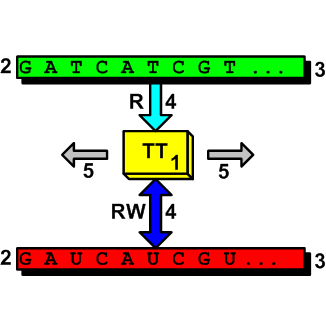The ID argument from thermodynamics
Since in my last post a commenter put on the table thermodynamics to support evolution I decided to offer my personal answer in a specific post, although UD already dealt with this issue. As known, 2nd law of thermodynamics (SLOT, also called “entropy law”) states that in a closed system the overall energy entropy ΔS never decreases spontaneously (i.e. without an external intervention). Example: in a room (considered a closed system) a hot cup of coffee on a tabletop, loosing heat, decreases in energy entropy –ΔSc (neghentropy). Around the table the environment, absorbing heat, increases energy entropy ΔSe, in such manner that the overall energy entropy of the room ΔSr doesn’t decrease. In this example SLOT can be expressed with this formula: Read More ›

